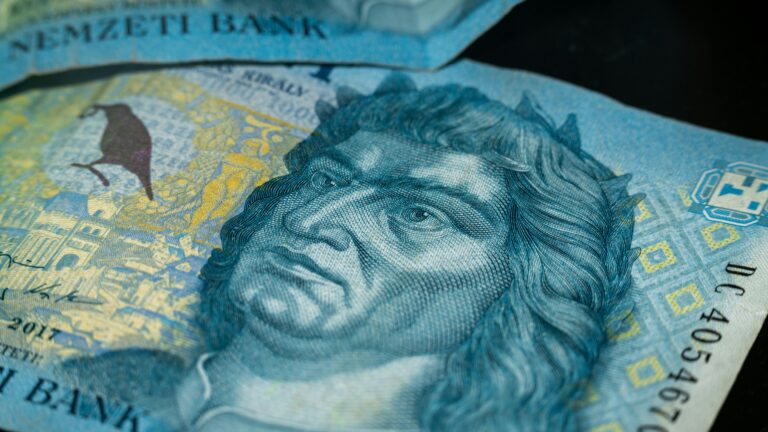There has been a lot of tension in Romanian football stadiums recently. What happened at the two recent European Championship qualifiers the Romanian national team has played is just the latest instalment in the series of incidents, detailed later in the article.
But what exactly happened this time?
On Saturday, 25 March, Romania travelled to the Iberian Peninsula to face the team of the micronation Andorra, largely made up of semi-professional players. As expected, the visitors got the win, beating their opposition 2–0. However, that’s not what made the news the next day.
The Romanian fans kept chanting anti-Hungarian slogans throughout the game, then started a violent brawl among themselves.
The fight broke out between the members of the ultra group Uniți Sub Tricolor (United Under the Tricolour) for reasons unclear even to the Romanian sports press—although it was most likely a conflict between FCSB and FC U Craiova fans. What is clear is that the Andorran police arrested multiple visiting fans in the stadium; and that anti-Hungarian chants were heard again from the stands.
INCREDIBIL ce imagini! Fanii români s-au BĂTUT între ei în Andorra: “Nişte derbedei”
Abonează-te la canalul nostru oficial pentru mai multe noutati – https://bit.ly/2ZBdIPw
Given the lead-up, there was not much hope for an incident-free game between Romania and Belarus (another weak side as the opposition) on Tuesday, 28 March. Since Romania was playing on their home turf this time, there was even more fervour among the fans, much of which was channelled into their hatred against their neighbours to the west.
Yet again, they started shouting degrading slogans about Hungarians. Csakfoci.hu translated one of these chants as ‘f–k you, homeless’. Meanwhile, a banner mocking the symbol of the historical Greater Hungary map was also present. It showed a crudely drawn map of Mongolia, with the caption ‘historical greater hungary’ (shown above).
This latter act of disrespect is in reference to the decision made by the Hungarian Football Association (MLSZ) to allow displays of the Greater Hungary map at international games, despite UEFA ruling it impermissible due to its political connotations. It would be interesting to see if a banner mocking the historical symbol revered by so many Hungarians will draw sanctions from UEFA, if the symbol itself is not allowed.
What’s more, Romanian fans also brought banners of their very own ‘Greater Romania’ map, which depicts the country of Moldova as part of Romania.
The rowdy home fans also sent a message to Kosovo, whose national team was drawn into the same qualifying group, by displaying the date 24 March 1999. This was the day when NATO forces started their airstrike campaign against Serbia during the Balkan wars. The bombings resulted in Yugoslavian forces being pulled out of Kosovo.
UEFA is reportedly investigating the incidents that occurred during the Andorra game. The Belarus game is likely to lead to an investigation of its own. UEFA is generally perceived among Hungarian football fans as being less forbearing towards Hungary than other countries. We are eagerly waiting if they would be defying this notion this time, and impose harsh punishment on Romania for their hostile fans’ behaviour.
The Sespi OSK Case
Earlier this year, in January, a Romanian top-division league game between Sepsi OSK and FC U Craiova was called off by the referee due to xenophobic chants degrading Hungarians by the visiting Craiova supporters. Originally, the national Football Federation awarded the win to Sepsi OSK with a 3-0 goal difference. That decision was later overturned on appeal and the game had to be replayed. However, Sepsi ended up winning by an even greater margin on the pitch, 4–0.
Related articles:








